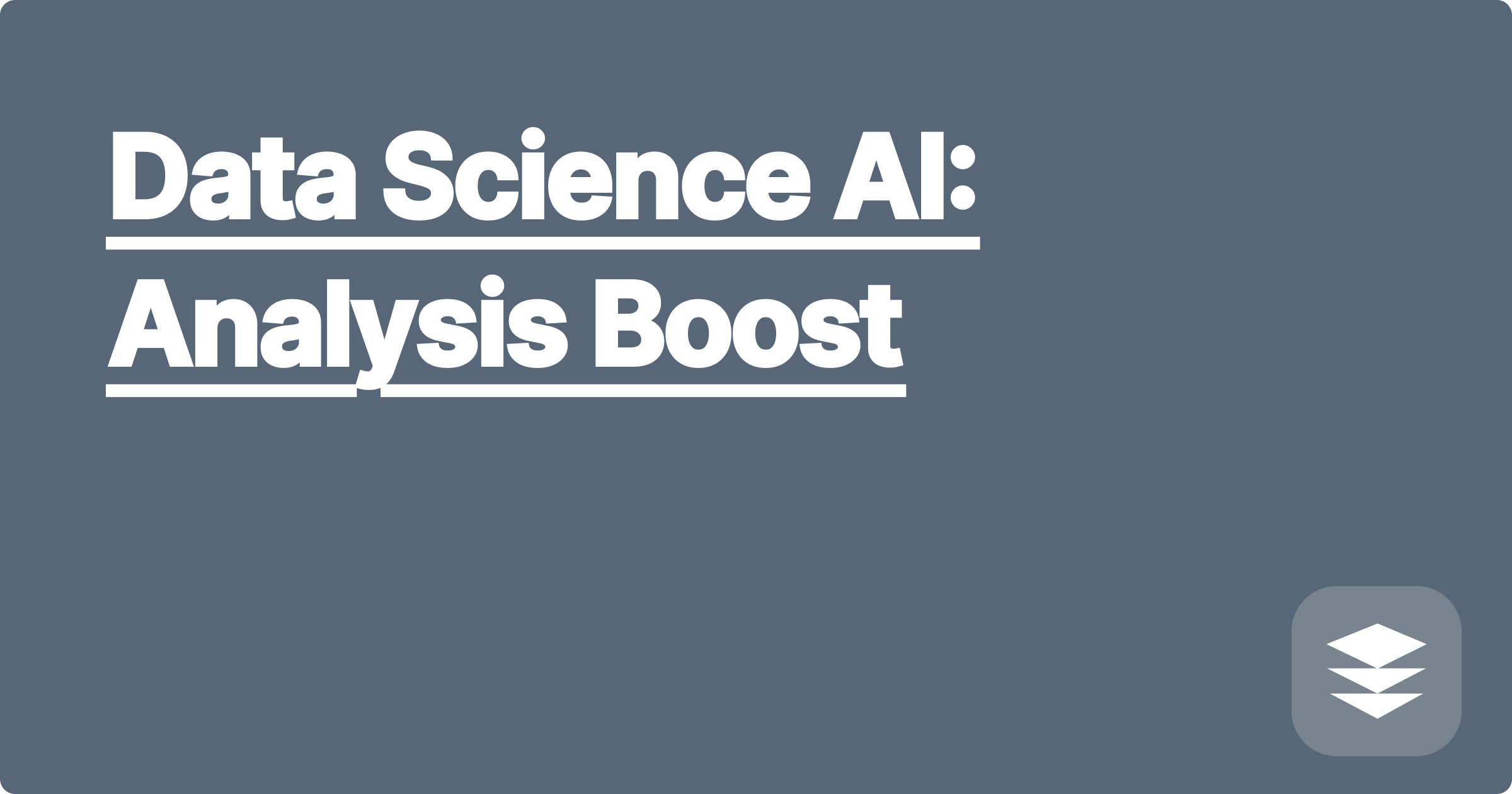
The sheer volume of data generated in modern STEM fields presents a significant challenge. Researchers grapple with massive datasets from simulations, experiments, and observations, struggling to extract meaningful insights efficiently. Artificial intelligence offers a powerful solution, providing tools and techniques to automate analysis, uncover hidden patterns, and accelerate discovery. AI can handle complex computations, identify correlations, and even generate hypotheses, freeing up researchers to focus on higher-level thinking and innovation.
This intersection of data science and AI is transforming the STEM landscape, offering unprecedented opportunities for students and researchers. Mastering these AI-powered tools is no longer optional but essential for staying competitive and pushing the boundaries of scientific knowledge. By learning to leverage AI effectively, STEM professionals can significantly enhance their analytical capabilities, accelerating their research progress and making groundbreaking discoveries. Embracing these technologies is crucial for navigating the data-rich future of STEM.
The challenge lies in the inherent complexity and scale of data in STEM. Traditional analytical methods often struggle to cope with the high dimensionality, heterogeneity, and sheer volume of information generated by modern experiments and simulations. For instance, analyzing genomic data, climate models, or astronomical observations requires sophisticated computational resources and advanced statistical techniques. Furthermore, the data itself may be noisy, incomplete, or contain hidden biases, making it difficult to extract reliable insights. Manually sifting through these datasets is not only time-consuming but also prone to human error. The need for automated, intelligent analysis is paramount for accelerating scientific progress and unlocking the full potential of these data-rich fields.
AI offers a range of powerful tools to address these challenges. Large language models like ChatGPT and Claude can assist with literature reviews, hypothesis generation, and even code generation. Computational knowledge engines like Wolfram Alpha can perform complex calculations, symbolic manipulations, and data visualization. Machine learning algorithms can be trained to identify patterns, classify data, and make predictions. By integrating these AI tools into their workflows, STEM researchers can automate tedious tasks, gain deeper insights from their data, and accelerate their research process. This approach allows researchers to focus on interpreting results and formulating new hypotheses, rather than getting bogged down in manual data manipulation.
Begin by clearly defining your research question and identifying the relevant datasets. This initial step is crucial for ensuring that the AI tools are used effectively and address the specific scientific problem at hand. Next, explore available AI platforms and select the tools most appropriate for your needs. For example, if you need to analyze complex mathematical equations, Wolfram Alpha might be the best choice. If you require assistance with literature review or code generation, ChatGPT or Claude could be more suitable. Once you have selected the appropriate tools, prepare your data for analysis. This might involve cleaning, transforming, or formatting the data to ensure compatibility with the chosen AI platform. Then, input your data into the AI tool and execute the analysis. Carefully examine the results, validate the findings, and iterate as needed. This iterative process is essential for refining the analysis and ensuring the accuracy and reliability of the results.
Consider a researcher studying the effects of climate change on a particular ecosystem. They might use Wolfram Alpha to analyze complex climate models and calculate various environmental parameters. For example, they could use Wolfram Alpha to evaluate the equation for radiative forcing or calculate the change in average temperature over time. Another example is a biochemist studying protein folding. They could use ChatGPT to generate Python code for simulating molecular dynamics or to summarize recent research on protein structure prediction algorithms. Furthermore, a geneticist could use machine learning algorithms to analyze large genomic datasets and identify potential disease markers. They might train a classification algorithm on a labeled dataset of gene expressions to predict the likelihood of a particular genetic disorder.
Integrating AI effectively into your academic workflow requires a strategic approach. Start by developing a strong foundation in data science principles. Understanding concepts like statistical analysis, data visualization, and machine learning is crucial for interpreting AI-generated results and ensuring their validity. Explore different AI platforms and experiment with various tools to find those that best suit your research needs. Stay updated on the latest advancements in AI and data science by attending conferences, reading research papers, and engaging with online communities. Develop critical thinking skills to evaluate AI-generated outputs and avoid potential biases or limitations. Collaborate with other researchers and share your experiences using AI in STEM. This collaborative approach can accelerate learning and foster innovation within the scientific community.
In conclusion, the convergence of data science and AI is revolutionizing STEM research. By embracing these powerful tools, students and researchers can unlock new levels of analytical capability, accelerate their research progress, and make groundbreaking discoveries. Start exploring these technologies today, experiment with different platforms, and develop the skills needed to navigate the data-rich future of STEM. The potential for innovation is immense, and the journey begins with a single step toward integrating AI into your research workflow.
Physics Help: AI Problem Solver
Engineering AI: Design Optimization
STEM Success: AI Learning Tools
Data Science AI: Analysis Boost